If you thought castles were only to be found in Europe, you thought wrong. Castles were built all across Europe and well into western Russia, as well as Middle East and Asia. When European knights went on holy wars they built castles to guard their route, using them to launch quick attacks on nearby towns. If they didn’t have much time, they built a plain enclosure, with towers, strong walls and a ditch surrounding the premises.
Kerak Castle – Jordan
Construction of Kerak Castle began in the 1140s and its purpose was to disrupt the Muslim line of communication. The castle was under constant attack until 1188 when the Muslim ruler Saladin finally captured it. Much later, in 1840, Ibrahim Pasha of Egypt captured the castle and destroyed much of its fortifications.
Kerak must not be mistaken for Krak des Chevaliers.
Krak des Chevaliers – Syria
Krak des Chevaliers is one of the most important preserved medieval military castles in the world. It is a concentric castle that was rebuilt by crusaders on the site of a former Islamic castle. It is located east of Tartus, close to the border of Lebanon, along the only route from Antioch to Beirut and the Mediterranean Sea. The original castle was built in 1031 for the emir of Aleppo. It was captured during the First Crusade in 1099 and abandoned when the Crusaders continued their march towards Jerusalem. Almost a thousand years later, in 1935, the castle was bought by the French government. Restoration began and the castle was made a World Heritage Site in 2006. Today the fortress is owned by the Syrian government. It’s one of the few sites where Crusader art (in the form of frescoes) has been preserved.
Sidon Sea Castle – Lebanon
Sidon Sea Castle was built by the Crusaders in 1228 on a small island connected to the mainland by a causeway. Today it consists primarily of two towers connected by a wall.
Himeji Castle – Japan
Construction of Himeji Castle was begun in the mid 14th century (but not completed until 1609) with thick walls meant to resist both rebellious warlords and earthquakes. Comprising a network of 83 buildings with advanced defensive systems from the feudal period,it is regarded as the finest surviving example of 17th century Japanese castle architecture. On December 11, 1993 Himeji Castle was registered as one of the first UNESCO World Heritage Sites in Japan.
Edo Castle – Japan
Edo Castle was built in 1457 in Edo (Tokyo) before Edo had become a major city. It was the residence of the shogun and location of the shogunate, and also functioned as the military capital during the Edo period of Japanese history. Today Japan’s emperor and his family reside here, in the Imperial Palace. The government declared the area an historic site and have undertaken steps to restore and preserve the remaining structures of Edo Castle.
Photo source – Wikipedia

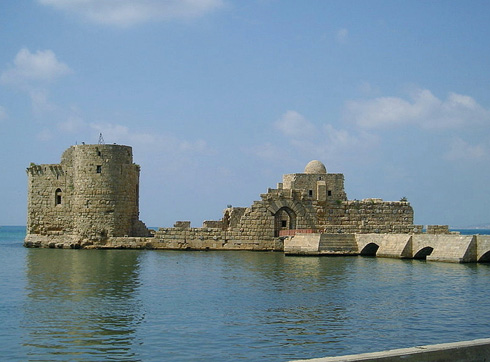
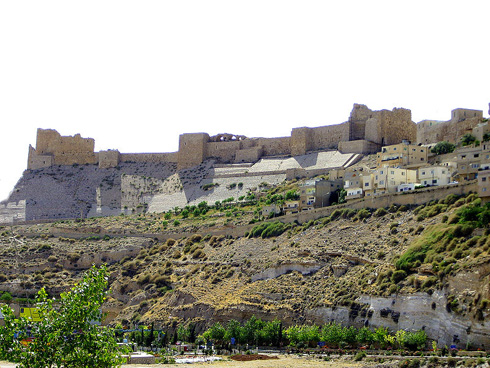
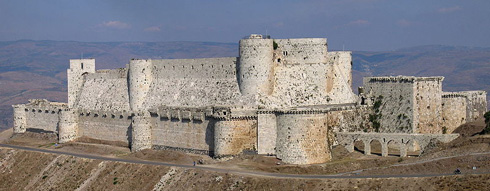
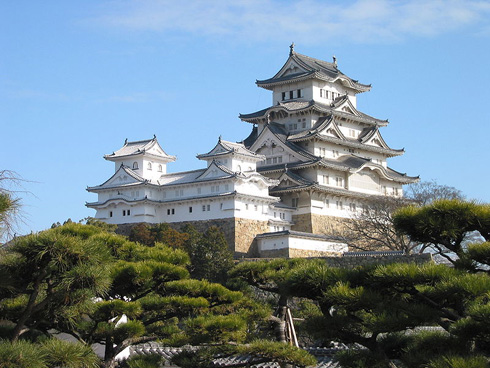
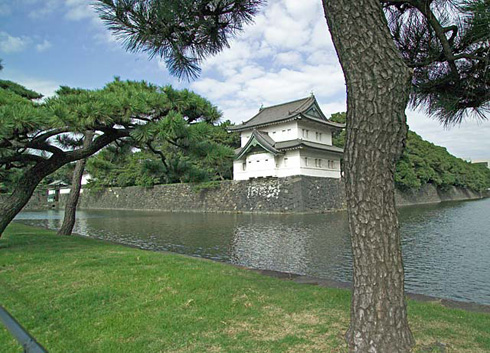
 By
By 










